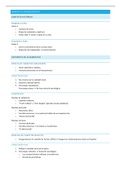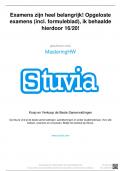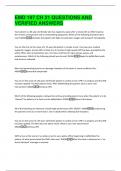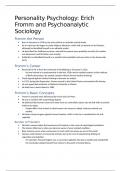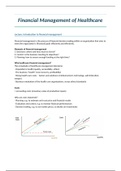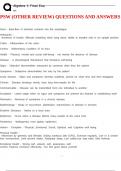(Opening) – Life’ from The from The Children Again’ (End Titles) –
Rachel Portman Duchess – Duchess – – Rachel Rachel
Rachel Portman Rachel Portman Portman Portman
Context The Duchess: released in 2008, late 18th century, Georgiana’s (vivacious/charming/forward thinking) marriage
to the Duke is dull (he only wants an heir + loyalty, he continues to have affairs with other women – one of
whom comes to live with them + is Georgiana’s friend), Georgiana flees to find Grey in Bath (the Duke pursues
+ threatens to cut them off financially if she does not return), Georgiana gives birth to Grey’s child in secret +
she is taken away
Late 18th century: traditional, stuck in ways, trying to hold onto lifestyle, rigid, slightly immoral/dubious things
going on behind the scenes, evenings of entertainment – chamber groups come to home
Portman: simple, repetitive ideas, neo-Classical, minimalist, passionate themes, lush string dominated, lyrical,
accessible
Opening titles Duke threatening to Mothering three The Duchess’ End titles
take away daughters, trip to children get taken Variation =
Georgiana’s children Bath away from her omission/
if she leaves, but she For B section, see extension/
sends him away – opening repetition
mistake of her life See opening
was marrying him
Perform Limited orchestra, instruments that would have been around at the time of the film (Classical), STRINGS
ing emphasis! (most typical instruments in Classical period), restrained/non virtuosic writing
Strings, woodwind (no oboe), horns + trumpet, timpani, harp (not a standard part of orchestra yet), piano (not
Forces
usually in a Classical orchestra)
and Woodwind: usually accomp chords – depth of timbre + thicker texture
Sonority Melody: upper Timpani + low String dominated, A: just vlns/violas A: just strings
strings strings at start most melodic B: double B: wind/horns
Solo violin: folk-like Piano melody: not material on violins bass/cello/viola added during
timbre typical, instrument of Exploiting pizz in pedal, timpani D: tutti
Harp quaver ostinato upper-class lower strings + ostinato + harp Violin solo used
Begins with just Harp: arpeggiated staccato/bouncy oscillating triadic throughout
strings, lower accomp nature of arco quavers
woodwind added in Violins: theme A, Bsn: short
B section + other dominate articulation
wind/ horns added in
C section
, Structur ABC – each is similar Intro, theme A, Short intro, A link B AB (coda-like ending A(shorter
e with a new melody theme B, theme A, (same material as makes B slightly opening), B
based around the theme B 8va, theme opening with links of longer than A) (variation of
theme A – each repeat just quavers/chords – Both have similar theme 2), C
texturally varied theme 1, 2, 3, 2, 3, structure of held (variation of
short coda) note/chord, quaver theme 2) D
oscillating + chord (variation of
to end theme 3) C(coda)
Texture Mainly mel dom hom
Accomp: bass pedal Theme A: dotted Homophonic oom- A: monophonic tonic Bass: tied
notes, off-beat minim chords + cha-cha accomp with pedal (continues semibreves rather
chords, semibreve quaver-quaver- violin melody + short throughout) than pedal
chords + quaver minim harp, 2 time imitations of
nd
Quavers: Thick chordal
ostinato adds upwards staccato countermelody in A wind beginning in
Theme C: crotchets/constant figure by with melody above, B
homophonic quavers, 3rd: just tied strings/horns but form the B Quavers: broken
dotted minims section melody chords
Tonality Dmj with Mixolydian 2nd iteration of theme Dmj with modal D minor with C Dmj with
mode (C naturals) A shifts to Am inflections naturals implies Mixolydian mode
(transposition) # tonic/2nd + flat 7th transposed Aeolian Short passing
Ambiguous Gm – mode (C# used in 2 modulations to
mixture of diatonic bar of B section) Fmj
minor (intro) +
modal F naturals
(melodies)
Shifts to D before 2nd
theme A – extended
dominant
Harmon Predominantly tonal with modal elements, avoidance of conventional functional progressions/cadences
y characteristic of non-functional harmony
Relatively small numbers of chords used + mostly 3 note major/minor triads with a few min7ths used/created
by harmony
Common triadic Intro: sustained dom # tonic/2nd + flat 7th Tonic pedal + triadic A/D/coda sections
chord progression of pedal with some give dissonance + quavers in B section alternate I-Vm
I-Vm dissonances (e.g. chromaticism (e.g. A start/end: triads
P cad into B: Am + against E/G – lower auxiliaries) dissonance of E/F B/C sections: biii-
Am7 min9th/11th) Melody ascends on together in quavers biv, I-V or V-ii



